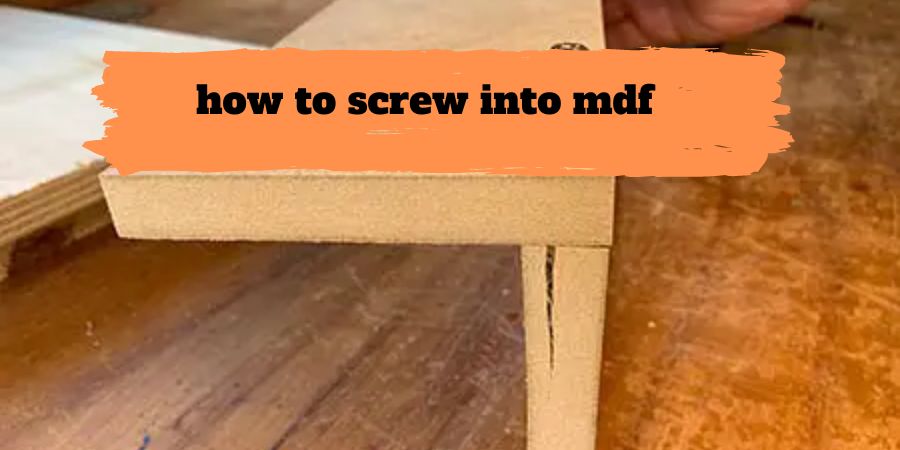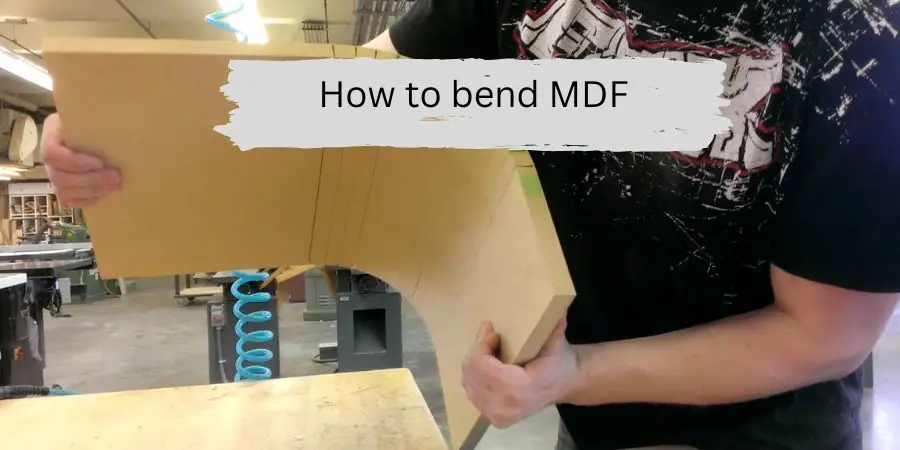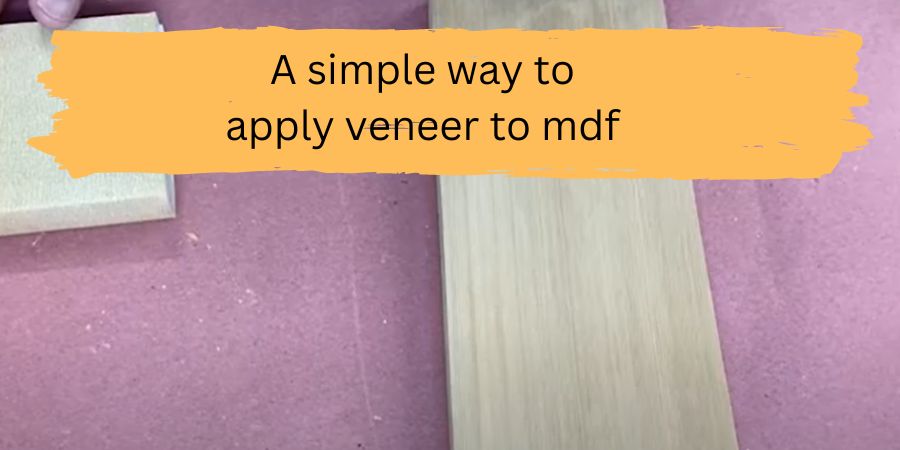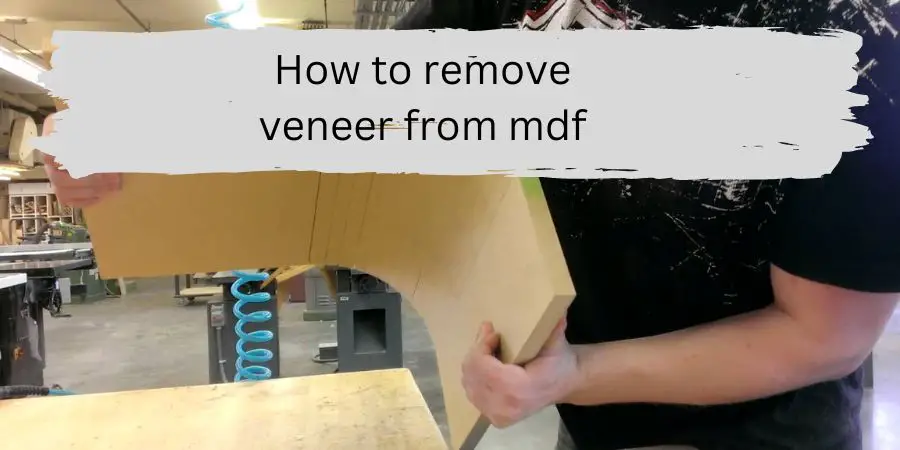Medium-density fiberboard (MDF) is a composite wood product that is commonly used in furniture and cabinetry, as well as for various construction projects. Screwing into MDF can be tricky, as the material can easily split if screws are not properly placed.
Here are some steps you can follow to screw into MDF successfully:
Step.1 Pre-drill a pilot hole:
Use a drill bit that is slightly smaller than the screw you will be using. This will help to prevent the MDF from splitting when you insert the screw.
Step.2 Use a screw specifically designed for MDF:
Look for screws with a sharp point and fine threads, as these will create a tighter hold in the material and help prevent it from splitting.
Step.3 Place the screw correctly:
Make sure to place the screw in the center of the MDF board, rather than near the edge. If you’re screwing into the edge of the board, use a metal insert or dowel to help reinforce the area and prevent splitting.
Step.4 Apply pressure evenly:
Use a screwdriver or drill with a low-speed setting to insert the screw, applying consistent pressure as you go. Avoid over-tightening the screw, as this can cause the MDF to split or the screw to strip.
Table of Contents
Do I need special screws for MDF?
It’s recommended to use special screws for MDF. Regular wood screws or screws for other types of wood may not be suitable for MDF because MDF has a unique composition and tends to split easily when screws are inserted.
Here are some types of screws that are well-suited for use with MDF:
- Fine-threaded wood screws: These screws have a sharp point and fine threads that help to grip the MDF and reduce the likelihood of splitting. They are commonly used for attaching MDF to other materials, such as wood or metal.
- Self-tapping screws: Self-tapping screws are designed to create their own threads as they’re inserted, which helps to prevent splitting in the MDF. They are commonly used for securing MDF to metal brackets or other hardware.
- Pocket hole screws: Pocket hole screws are specifically designed for use in pocket hole joinery, a popular method for joining MDF panels. These screws have a large, flat head and are used in conjunction with a specialized jig that creates a pocket hole in the MDF.
Can I screw straight into MDF?
Screwing directly into MDF can be challenging because the material is soft and prone to splitting. To prevent splitting, it’s best to pre-drill a pilot hole before inserting the screw. This helps to create a guide for the screw and reduces the amount of stress on the MDF as it is being inserted.
The size of the pilot hole should be slightly smaller than the screw you will be using. For best results, choose a screw that is specifically designed for use with MDF, such as a fine-threaded wood screw or a self-tapping screw.
How do you hide screws in MDF?
So after inserting the screws into MDF, now you will want to hide them as they will look bad from the outside.
Here are some tips for hiding screws in MDF:
- Use pocket hole joinery: Pocket hole joinery is a popular method for hiding screws in MDF. This technique involves creating a pocket hole in the MDF and inserting a screw at an angle to secure the two pieces of MDF together. The screw head is hidden on the inside of the joint, making it invisible from the outside.
- Use a plug cutter: A plug cutter is a tool that creates a small, cylindrical plug from the same material as the MDF. Once the screw is inserted, the plug is glued into the pilot hole, hiding the screw head and giving the surface a seamless appearance.
- Use a countersink bit: A countersink bit is a type of drill bit that creates a shallow, conical depression around the screw head. This allows the screw head to be sunk below the surface of the MDF, making it less visible.
- Use a specialized screw cover: Screw covers, also known as screw caps or screw plugs, are small, disk-shaped pieces of material that are used to cover the screw head. Screw covers are available in a variety of materials and colors, making it easy to find one that matches the finish of your MDF project.
Or watch this video tutorial for a better understanding of the techniques.





